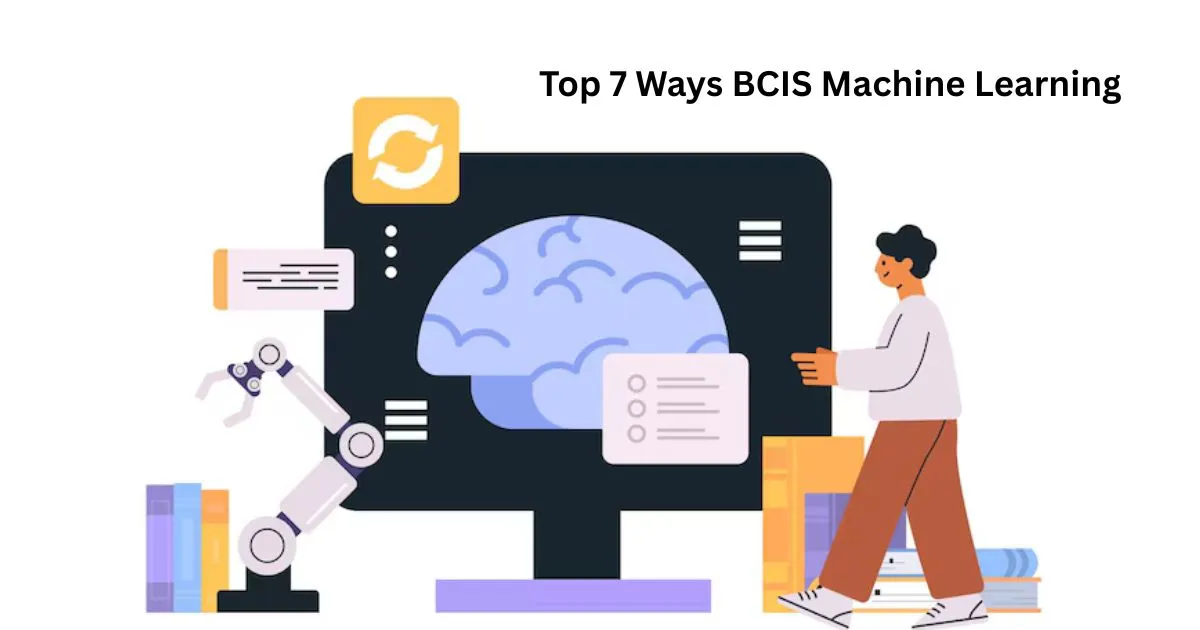Introduction: How BCIS Machine Learning is Revolutionizing Dysautonomia Care
Dysautonomia disrupts lives. This complex autonomic nervous system disorder triggers debilitating symptoms – from crippling fatigue and dizziness to dangerous blood pressure swings and erratic heart rhythms. For millions worldwide, getting proper treatment has been an exhausting battle of guesswork and frustration, as conventional medicine often relies on slow, trial-and-error approaches.
Now, a revolutionary solution is emerging: BCIS (Brain-Computer Interface Systems) machine learning. When combined with cutting-edge artificial intelligence in dysautonomia care, this technology is transforming every aspect of treatment – from lightning-fast, ultra-accurate diagnoses to fully personalized therapy plans that actually work.
In this groundbreaking exploration, we’ll reveal the top 7 ways BCIS machine learning is rewriting the rules of dysautonomia treatment – slashing misdiagnosis rates, dramatically improving outcomes, and finally giving patients their lives back. The future of autonomic nervous system care isn’t coming… It’s already here.
1. Early and Accurate Diagnosis Through Predictive Analytics
One of the biggest challenges in dysautonomia is diagnostic delay. Many patients endure years of uncertainty before receiving a proper diagnosis. Machine learning algorithms can analyze vast datasets, including heart rate variability (HRV), blood pressure trends, and neurological signals, to identify dysautonomia patterns early.
How It Works:
AI models process wearable device data (like smartwatches) to detect ANS dysfunction.
Predictive analytics flags early warning signs before severe symptoms develop.
Reduces misdiagnosis by distinguishing dysautonomia from conditions like POTS, fibromyalgia, or chronic fatigue syndrome.
By leveraging machine learning for dysautonomia, doctors can intervene sooner, preventing complications.
2. Personalized Treatment Plans with AI-Driven Insights
No two dysautonomia patients are alike—what works for one may fail for another. Artificial intelligence in dysautonomia enables precision medicine by analyzing individual patient data to recommend tailored therapies.
Key Benefits:
AI assesses medication responses to determine the most effective drugs (e.g., beta-blockers, fludrocortisone).
Machine learning tracks lifestyle factors (diet, sleep, exercise) to optimize symptom management.
Predictive models adjust treatments in real-time based on symptom fluctuations.
This personalized approach minimizes side effects and maximizes effectiveness.
3. Real-Time Monitoring with Wearable AI Technology
Wearable devices (like ECG patches and smart rings) collect continuous health data, but interpreting this data manually is overwhelming. BCIS machine learning processes this information in real-time, alerting patients and doctors to dangerous trends.
Applications:
Detects autonomic crashes (sudden blood pressure drops) before they happen.
Monitors sleep disturbances linked to dysautonomia.
Alerts caregivers during autonomic emergencies (e.g., syncope episodes).
With AI-powered wearables, patients gain proactive control over their condition.
4. Improved Drug Development Through AI Simulations
Developing new dysautonomia treatments is slow and costly. Machine learning accelerates drug discovery by simulating how different compounds interact with the autonomic nervous system.
How AI Helps:
Identifies repurposed drugs (existing medications that may help dysautonomia).
Predicts drug efficacy and side effects before clinical trials.
Reduces trial-and-error prescribing, speeding up relief for patients.
This innovation could lead to breakthrough dysautonomia medications shortly.
5. Enhanced Autonomic Function Testing
Traditional autonomic testing (like tilt-table tests) can be uncomfortable and unreliable. AI-enhanced autonomic testing improves accuracy by analyzing subtle physiological changes that humans might miss.
Advancements Include:
Dynamic HRV analysis to assess ANS balance.
AI-interpreted sweat tests for small fiber neuropathy detection.
Non-invasive brainwave monitoring to evaluate autonomic regulation.
These AI-driven tests provide deeper insights with less patient discomfort.
6. AI-Powered Virtual Health Assistants for Dysautonomia Patients
Managing dysautonomia requires constant vigilance. AI chatbots and virtual assistants help patients track symptoms, medications, and lifestyle habits effortlessly.
Features of AI Health Assistants:
Symptom diaries with AI trend analysis.
Medication reminders to prevent missed doses.
Emergency protocols (e.g., “If BP drops, do X”).
This 24/7 AI support empowers patients to manage their condition confidently.
7. Machine Learning for Long-Term Prognosis and Research
Understanding dysautonomia’s long-term effects is critical. AI aggregates global patient data to uncover trends, predict disease progression, and guide research priorities.
Research Benefits:
Identifies subtypes of dysautonomia for targeted therapies.
Predicts which patients may develop complications (e.g., gastroparesis).
Helps researchers design more effective clinical trials.
By harnessing machine learning for dysautonomia, the medical community can unlock better long-term outcomes.
Conclusion: The Future of Dysautonomia Care Is AI-Driven
The integration of BCIS machine learning and artificial intelligence in dysautonomia is transforming patient care, from faster diagnoses to personalized treatments and cutting-edge research. As AI technology evolves, we can expect even more breakthroughs, offering hope to millions living with this challenging condition.
If you or a loved one has dysautonomia, staying informed about AI advancements could be a game-changer. The future of autonomic disorder treatment is here—and it’s powered by machine learning.
FAQs About Machine Learning for Dysautonomia
Q: How accurate is AI in diagnosing dysautonomia?
A: AI models are achieving over 90% accuracy in early detection by analyzing complex physiological data.
Q: Can AI replace doctors in dysautonomia treatment?
A: No—AI supports doctors by providing data-driven insights, but human expertise remains essential.
Q: Are AI dysautonomia tools available now?
A: Yes! Many wearables and AI health platforms are already helping patients manage symptoms.
Q: Will AI make dysautonomia treatments more affordable?
A: Over time, AI could reduce costs by minimizing unnecessary tests and optimizing treatments.
By embracing machine learning for dysautonomia, we’re stepping into a new era of precision medicine and hope.


1 thought on “Top 7 self-improvement books of all time”